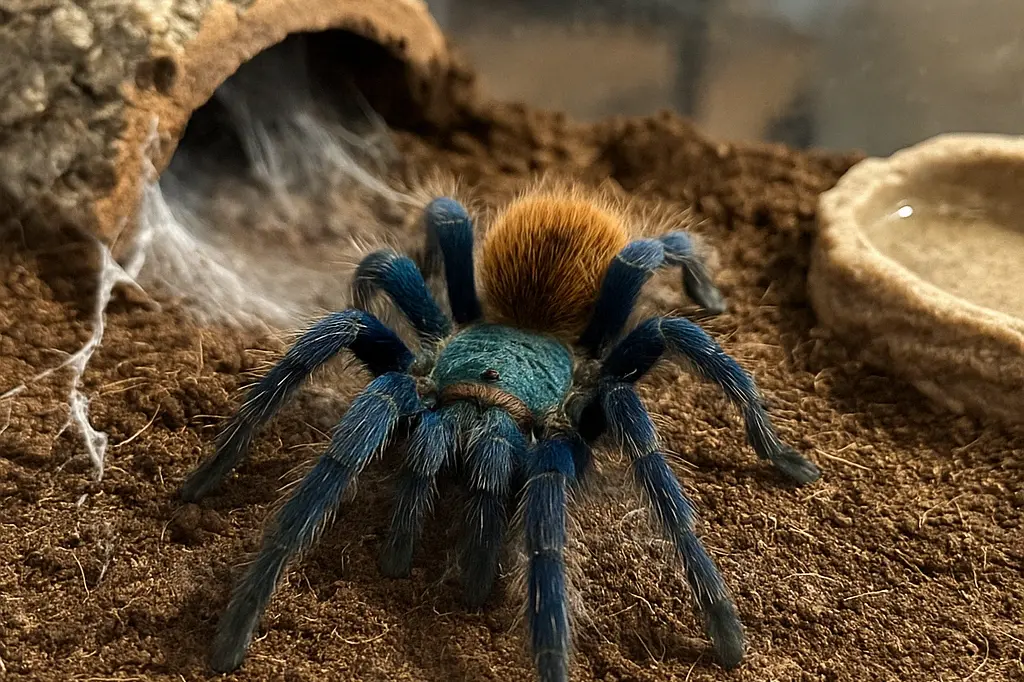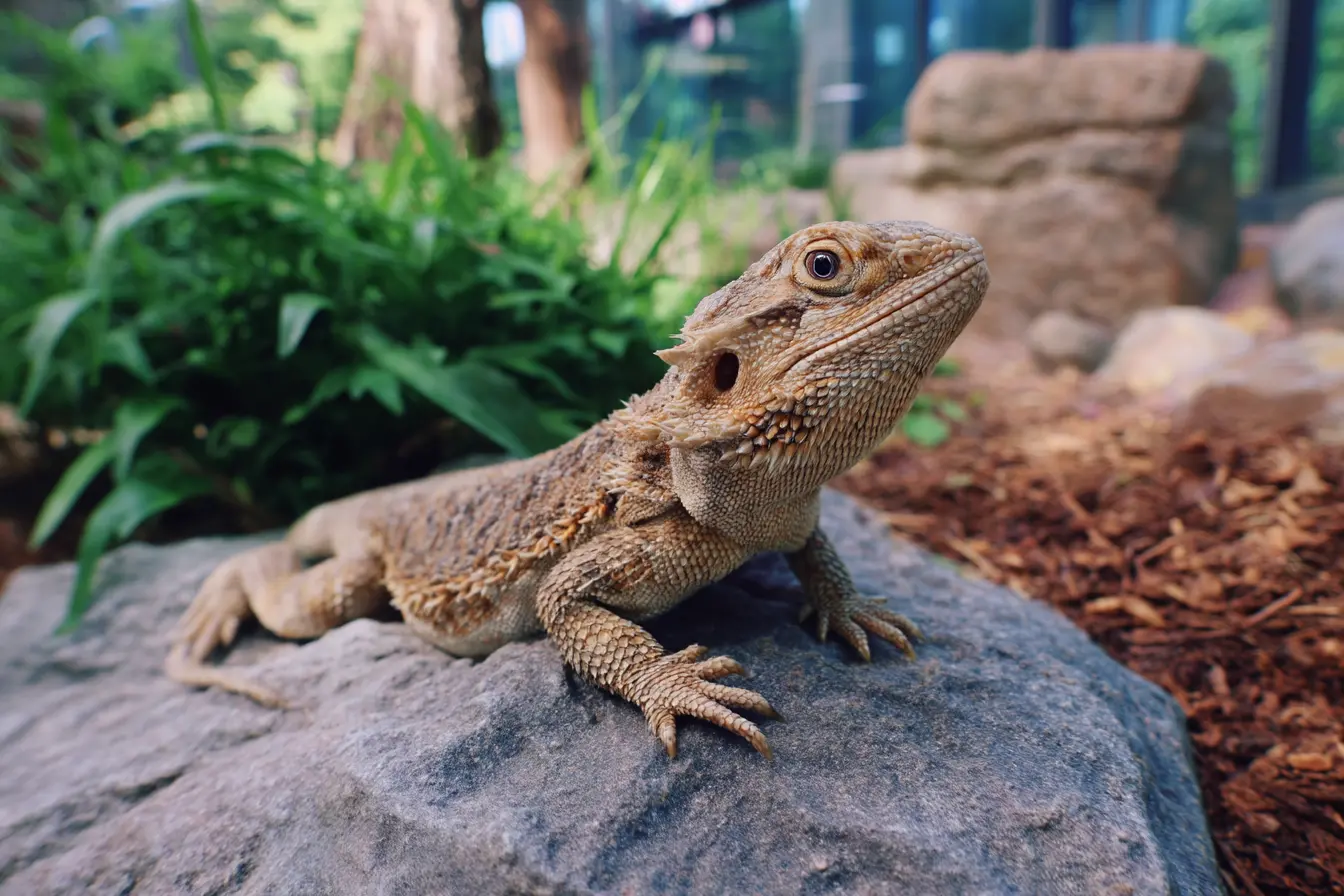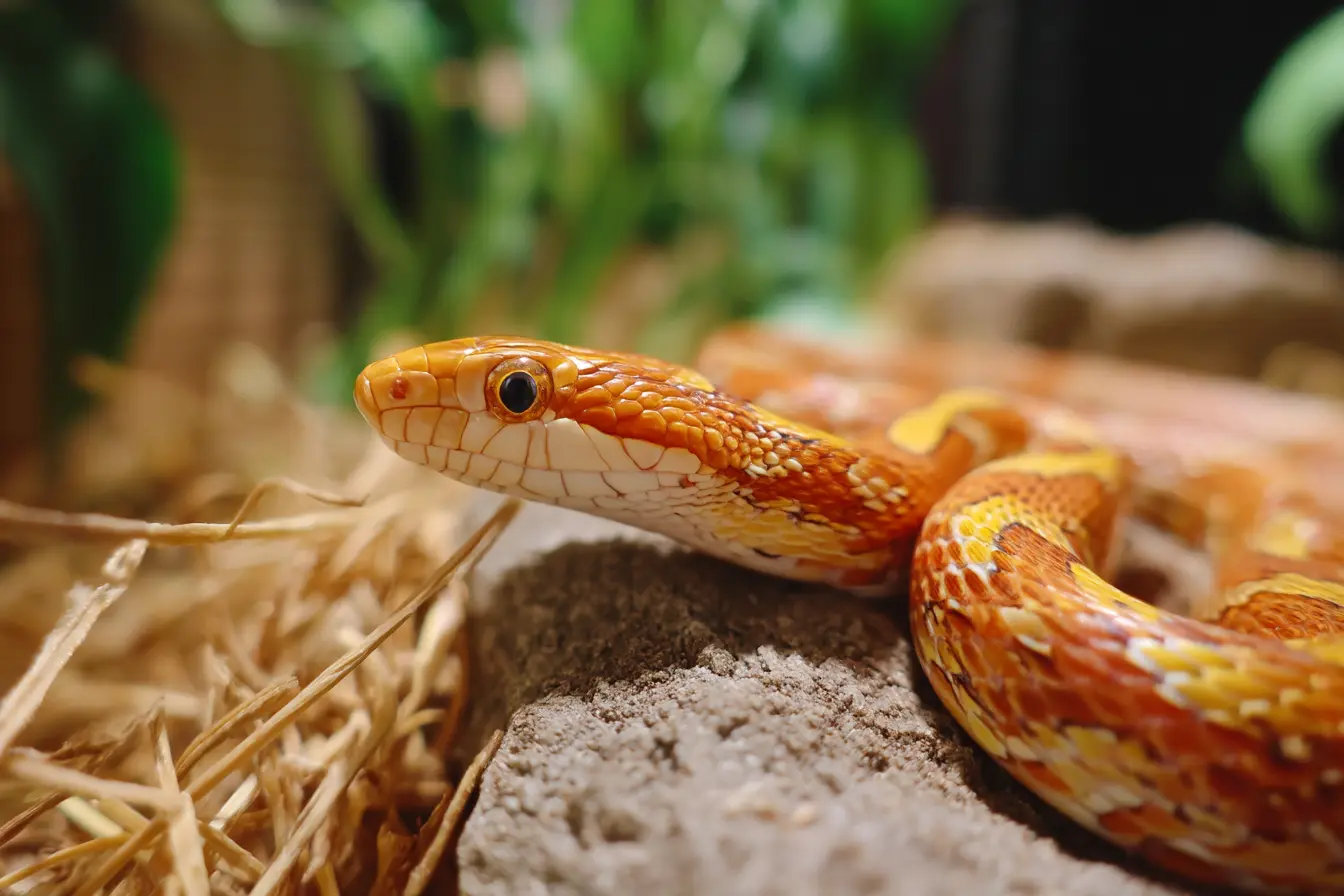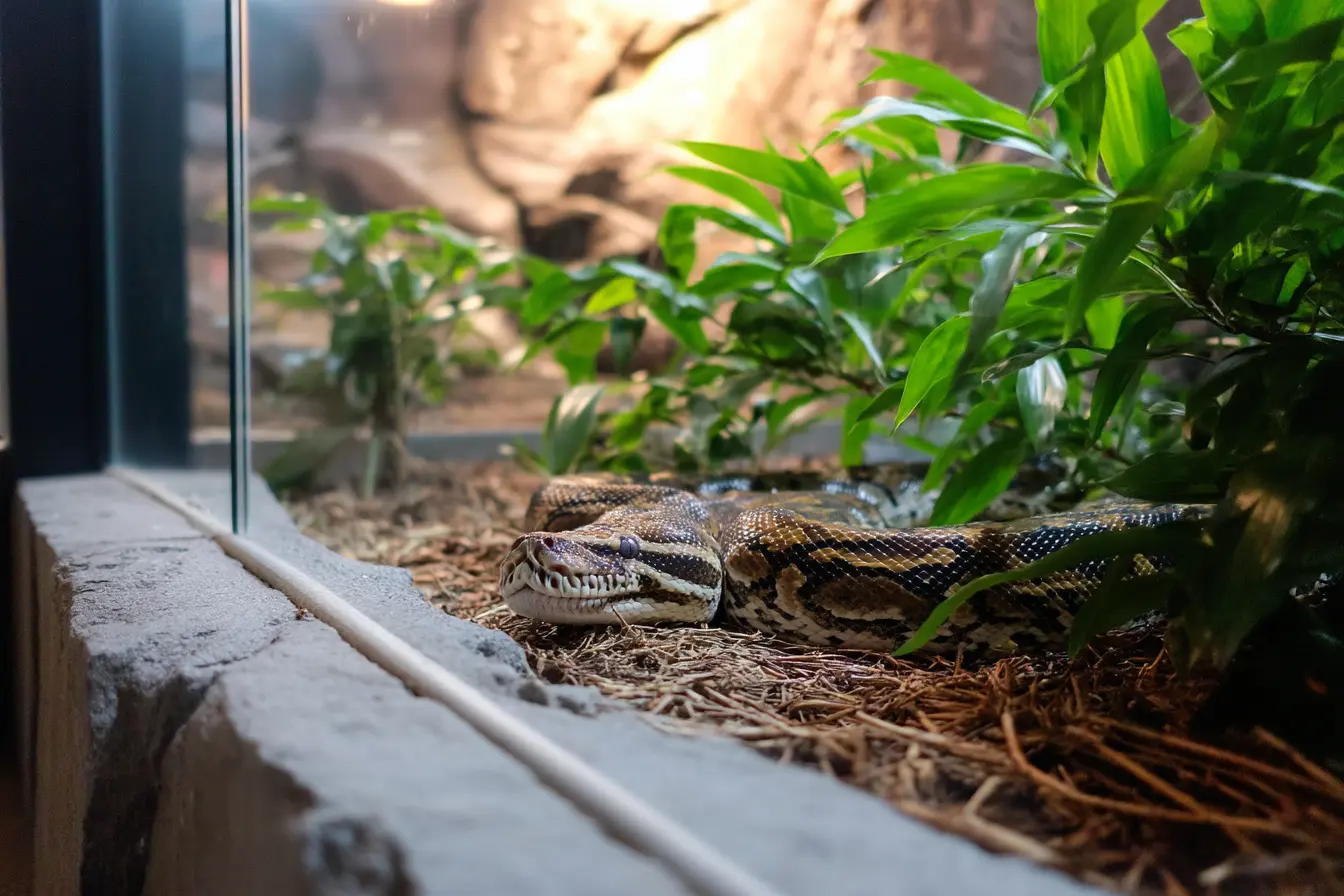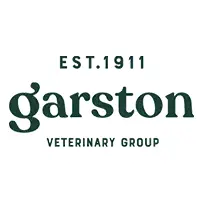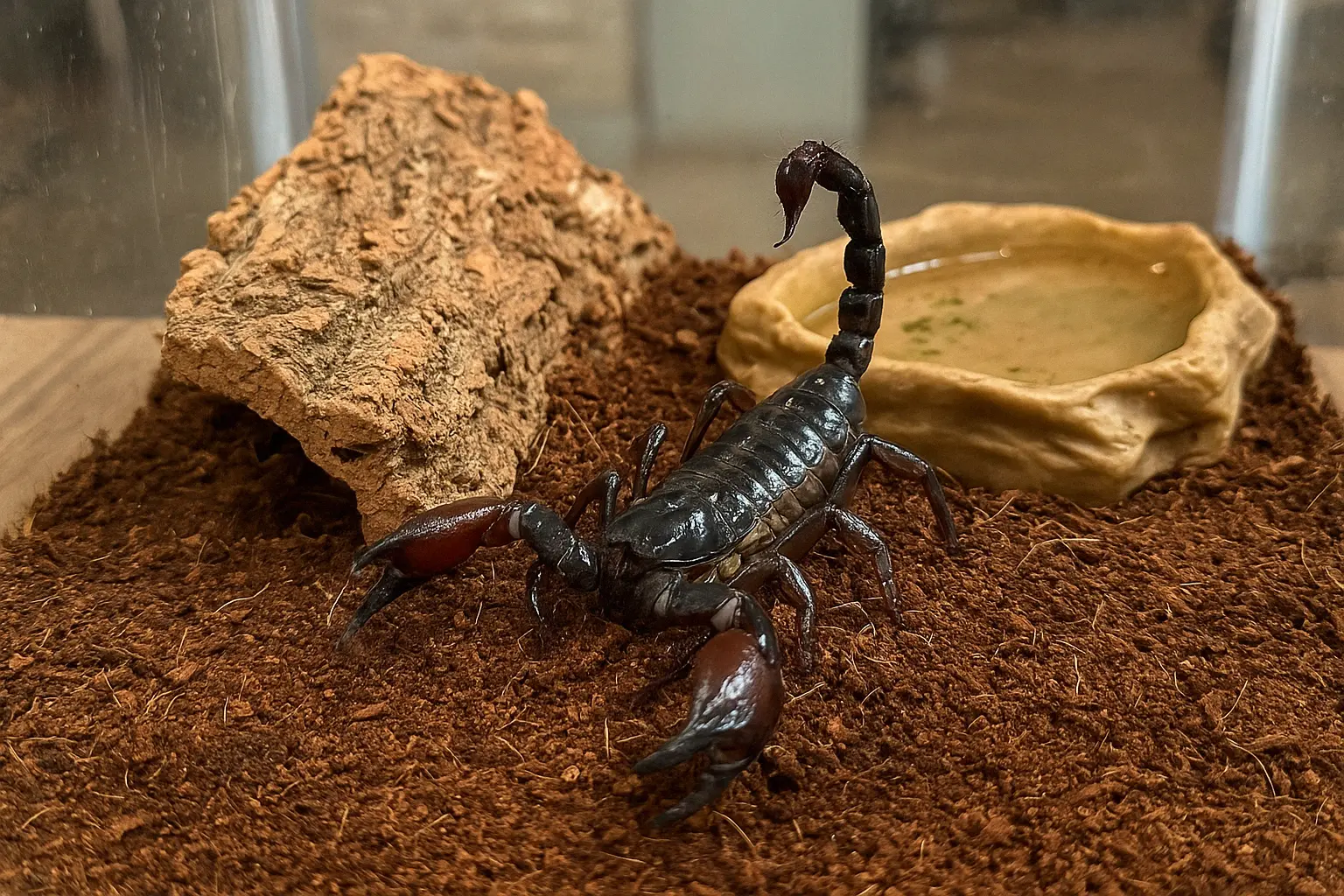
A Beginner's Guide to Housing Your Pet Scorpion
Scorpions are fascinating and low-maintenance pets, but their housing needs must be carefully planned to ensure they thrive in captivity. Whether you’ve adopted a desert-dwelling emperor scorpion or a tropical forest species, providing the right environment is essential. In this guide, we’ll walk you through everything you need to know about setting up and maintaining the perfect enclosure for your pet scorpion.
Choosing the Right Enclosure
Size and Space Requirements
Scorpions do not require large enclosures, as they are solitary and do not roam far in the wild. A good rule of thumb is to provide an enclosure at least three times the length of the scorpion in width and about twice the length in height. For most species, a 20-litre glass or plastic tank will suffice.
Considerations
- Avoid enclosures that are too tall for terrestrial species, as falls can injure scorpions.
- For arboreal species, a taller tank with vertical climbing opportunities is preferred.
Types of Enclosures
Glass Tanks
Glass tanks are popular for their durability and clear visibility. They also hold heat well, which is ideal for maintaining the necessary temperature for scorpions.
Plastic Containers
Plastic tubs or storage boxes are lightweight and affordable. They work well but may lack the aesthetic appeal of glass.
Ventilation
Regardless of material, proper ventilation is crucial. Use enclosures with mesh lids or air holes to allow airflow while preventing escapes.
Substrate and Furnishings
Choosing the Right Substrate
Substrate provides a base for your scorpion to burrow and replicate its natural habitat. Options include:
- Coconut fibre (eco earth): Retains moisture and is excellent for tropical species.
- Topsoil: Organic, chemical-free topsoil mimics many scorpion habitats.
- Sand or sand-soil mix: Suitable for desert-dwelling species, providing a drier environment.
The depth of the substrate should be at least 3-4 inches, but burrowing species like emperor scorpions may require up to 6 inches.
Hides and Decorations
Scorpions need hiding places to feel secure. Use the following items:
- Cork bark or half logs
- Ceramic or plastic hides
- Flat rocks or slate
Artificial plants or small branches can also be added to enhance the enclosure's appearance and provide climbing opportunities for arboreal species.
Temperature and Humidity
Temperature
Most scorpions thrive in temperatures between 24-30°C (75-86°F). Use a thermometer to monitor and maintain the temperature. If needed, provide additional heating:
- Heat mats: Attach to the side of the enclosure, not the bottom, to avoid overheating the substrate.
- Ceramic heat emitters: Provide gentle, consistent heat for larger enclosures.
Humidity
Humidity levels depend on the species:
- Tropical species (e.g., emperor scorpions): Require 75-85% humidity. Mist the enclosure lightly every 1-2 days and keep the substrate slightly damp.
- Desert species: Prefer lower humidity around 40-60%. Avoid over-misting and ensure the substrate stays dry.
A hygrometer will help you monitor and adjust humidity levels as needed.
Feeding and Watering
Feeding
Scorpions are carnivorous and primarily eat live prey. Suitable options include:
- Crickets
- Mealworms
- Dubia roaches
Feed adult scorpions once every 1-2 weeks. Juveniles require feeding more frequently, about 2-3 times per week. Always offer prey that is smaller than the scorpion itself.
Watering
Provide a shallow water dish for hydration. For smaller species, place a small rock in the dish to prevent accidental drowning. Replace the water regularly to keep it clean.
Enclosure Maintenance
Spot Cleaning
Remove uneaten prey and faecal matter weekly. This prevents mould and keeps the enclosure hygienic.
Deep Cleaning
Perform a thorough cleaning every 6-12 months:
- Transfer your scorpion to a temporary, secure container.
- Replace the substrate and disinfect the enclosure with a pet-safe cleaner.
- Wash all decorations and hides before returning them.
Safety Tips
- Escape prevention: Ensure the enclosure lid fits securely. Scorpions are adept escape artists.
- Handling: Avoid handling your scorpion unless absolutely necessary. Use long tongs or a catch cup for safe transfers.
- Research your species: Scorpion species have varying needs, so always tailor the enclosure to suit your specific scorpion.
Common Mistakes to Avoid
- Overheating: Excessive heat can stress your scorpion. Always monitor the temperature closely.
- Poor ventilation: Inadequate airflow can lead to mould or respiratory issues for your scorpion.
- Unsuitable substrate: Avoid sand-only substrates for non-desert species and ensure the substrate is free of chemicals or additives.
Conclusion
Setting up the right enclosure for your scorpion is the first step in providing a safe and comfortable environment for your pet. With proper care, attention to its needs, and regular maintenance, your scorpion can live a long and healthy life. Enjoy the unique experience of caring for one of nature's most intriguing creatures!
Related Vets
Vets near you
Speciality vets
- Aquatics vet specialists
- Birds vet specialists
- Camelids vet specialists
- Cats vet specialists
- Cattle vet specialists
- Deer vet specialists
- Dogs vet specialists
- Equines vet specialists
- Exotic vet specialists
- Goats vet specialists
- Pigs vet specialists
- Poultry vet specialists
- Sheep vet specialists
- Small Mammals vet specialists
- Wild vet specialists
